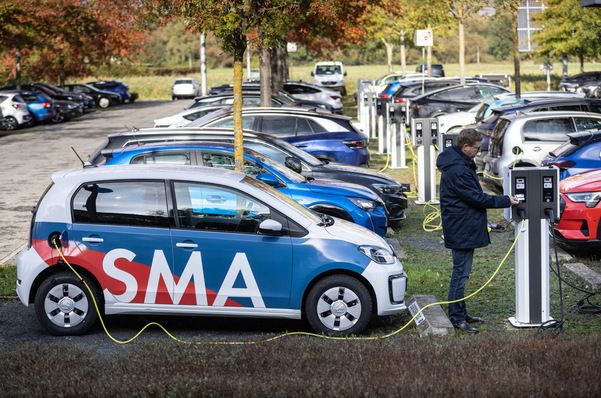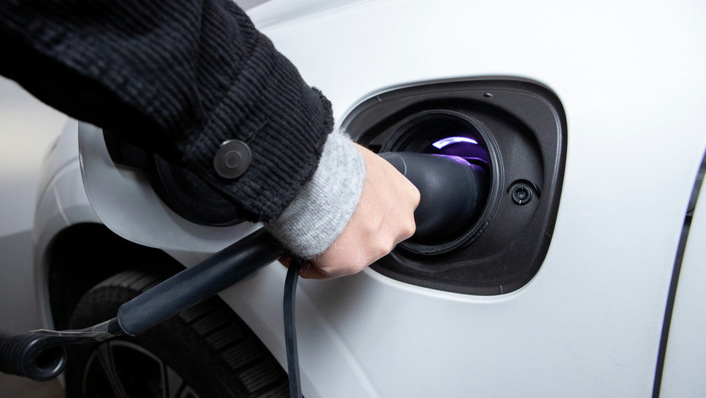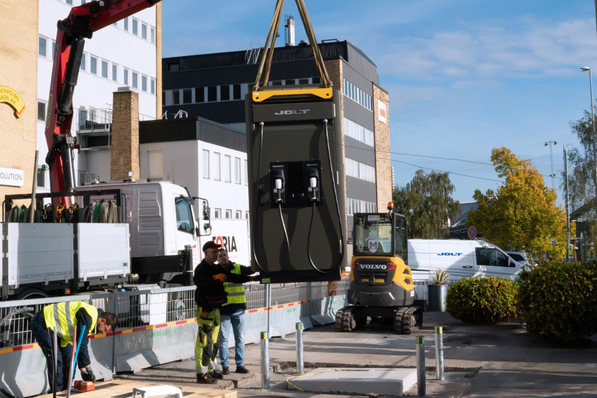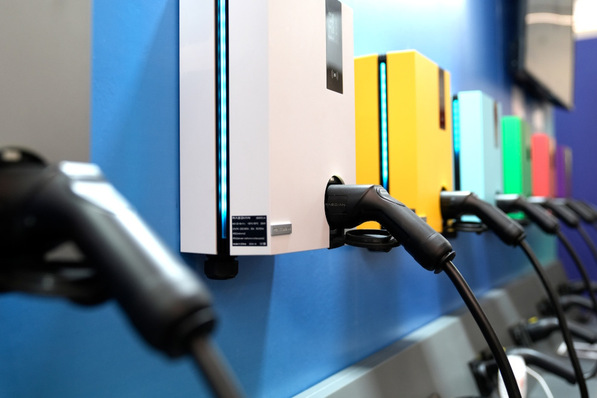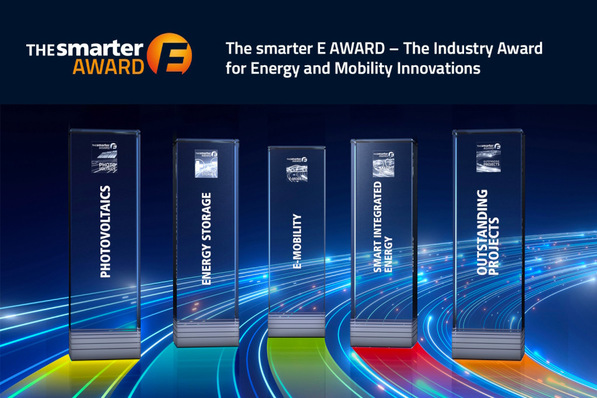Since 2004, the father-and-son team has been working to fulfil their vision, building several custom, patented, solar-electric boats under the brand name of Solar Sal.
This summer, the two of them completed what they believe to be the first-ever solar-electric boat voyage from Bellingham, Washington, to Juneau, Alaska.
They departed on Tuesday, 25 May, in their 27-ft wooden hull solar boat Wayward Sun and made landfall at Ketchikan, Alaska, 13 June, then continued up the coast at a more leisurely pace to Glacier Bay and Juneau, concluding the voyage on 8 July.
Solar boat with with Torqueedo Power 24-3500 lithium batteries
The electric boat is powered 100 per cent by solar energy with no fossil-fuel combustion engine at all on board. "People always ask us if we have any gas or diesel back up," said Alex Borton, "but the sun rises every day. If our batteries get too low, we just wait."
Wayward Sun, built by Devlin Boat in Olympia, WA, is propelled by a Torqeedo Cruise 4.0 electric pod drive with six Torqeedo Power 24-3500 lithium batteries. There is a separate 12-volt system for lights, electronics and other DC-powered systems and an inverter for occasional AC loads, like making waffles. The batteries are charged from a 1700-Watt array of solar cells on the boat's rooftop.
32 nautical miles per day with an average speed of 3.7 knots
"The solar-electric system has more than exceeded our expectations," said Alex Borton. "During the 45-day passage from Bellingham to Glacier Bay to Juneau, we were underway for 38 days. We averaged 32 nautical miles per day at an average speed of 3.7 knots. While some days we stopped early or left late because of weather, there were only two full days we didn't travel at all due to high winds or dense fog.
"Even on a completely overcast day this time of year, we can travel at 2-3 knots during daylight hours without drawing on our batteries at all," Borton said. "With direct sunlight, we can do 5 knots or more all day without any battery use. Most of the trip was overcast and it rained a lot. Some days we travelled slowly because we had to; other days we travelled slowly and charged the batteries while underway."
Continuous cruise without charging from the shore
"Most electric boats on the market today are limited by their battery capacity, which means they have to return to shore power to charge," explained Borton. "Until recently, solar panels and batteries were just not capable of severing the tie to shore power, so it was only functional for extending range or for partial charging. But now, thanks to advances in solar cells and Torqeedo's efficient electric drives and high-capacity batteries, it's possible to produce a solar boat with reasonable speeds and accommodation that can continuously cruise without ever charging from the shore. If I had more time I would keep going for another 1000 miles."
Did you miss that? Solar panels for boats − what you need to know
They navigated from Bellingham to Ketchikan using the inside passage, anchoring at night since they were not permitted to go ashore in British Columbia due to Canadian Covid-19 travel restrictions. "That was no problem for us," said Borton. "We had lots of food, a cosy cuddy for sleeping below deck. And, of course, our solar boat doesn't need refuelling."
"This is an important validation of state-of-the-art solar-electric boat propulsion technology, and we have enjoyed following their daily progress on their blog," said Mary Jo Reinhart, director of OEM and retail sales, Torqeedo, Inc. (hcn)
Also interesting: Sailing4Future



